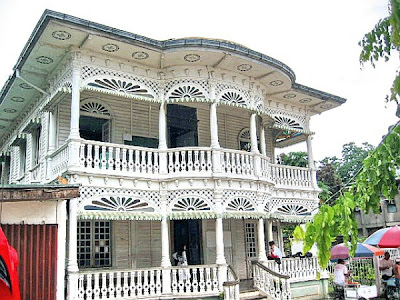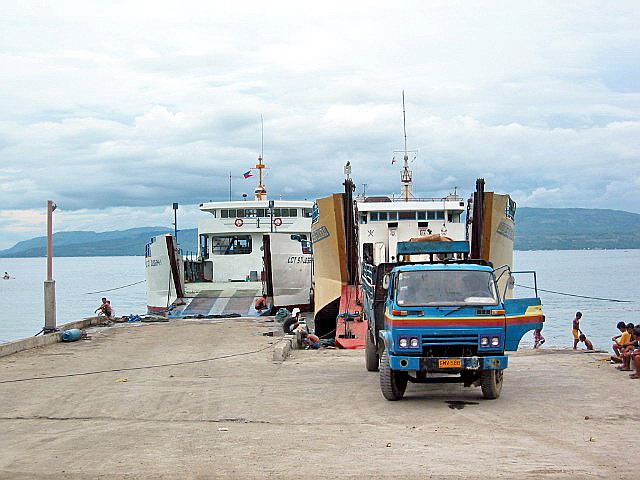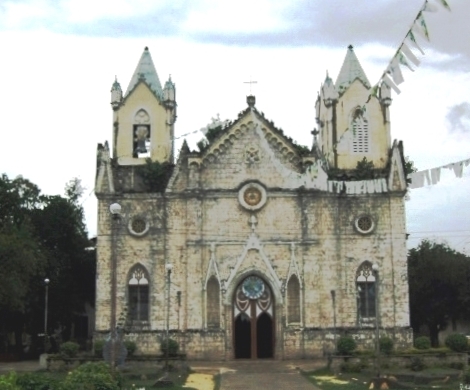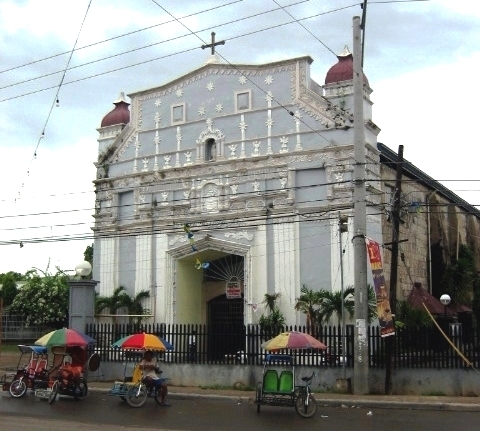While Charlie was still recuperating from a bout of flu (and avoid catching it) at Sabin Resort in Ormoc City, I left, via van, for the 2-hr. trip for Tacloban City. My timing was perfect as the city was holding its Pintados-Kasadyaan Festival, the biggest and most colorful festival in the Eastern Visayas Region. Heldon June 29, it features street pageantry of ethnic dancing to the rhythm of bamboo sticks and a contest focusing on the Leyteños’ old custom of tattooing that signifies courage and status in the community which earned for the Leyteños the name of pintados.
Instigated by former Leyte Gov. Remedios Loreto-Petilla, this cultural-religious festival was first held on May 12, 1996 and it was only in 1999 that it was fixed to June 29, the Feast of the Señor Sto. Niño de Leyte. It showcases the rich cultural heritage of the Leytenos and Samarenos, incorporating indigenous music and dances.The Kasadya-an (Visayan word meaning “merriment and gaiety“) Festival, on the other hand, showcases the unique culture and colorful history of the province of Leyte.
 |
| Miss Pintados 2005 Leslie B. Montano |
I was staying at my brother-in-law Manny’s house along Avenida Veteranos which happened to be along the route where the grand street dancing parade would pass, thus giving me a ringside view of the various congregations showcasing the various municipal festivals of Leyte and the neighboring Samar and Biliran provinces via a colorful and vibrant dance-drama parade. The Alikaraw Festival contingent of Hilongos was adjudged as the street dance champion. Other floats, including one carrying Ms. Leslie B. Montano (Miss Pintados 2005), joined the parade. She was crowned just the night before at the city’s Human Resources and Development Center (HRDC).































